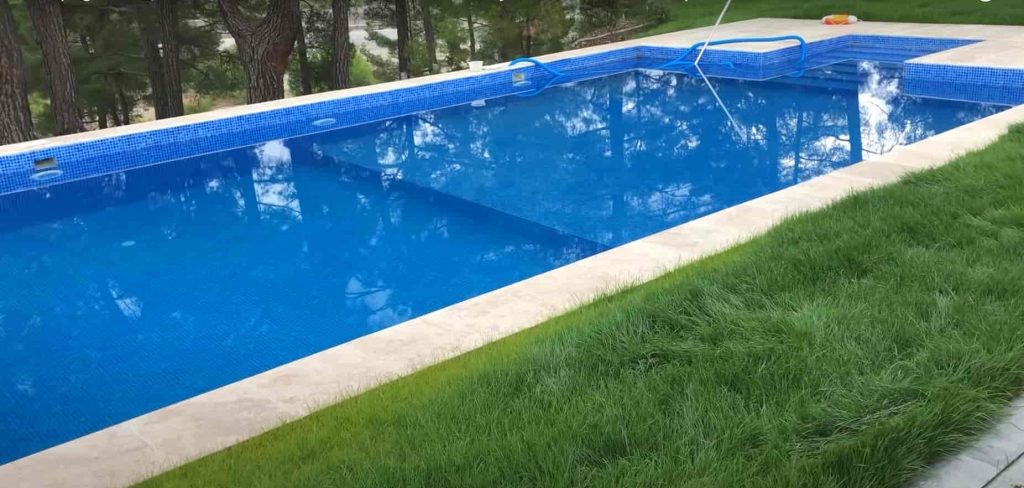
Introduction
In order to use swimming pools in a healthy and clean way, it is very important to clean and maintain the pool regularly. Because many microorganisms that come from the human body or are transmitted from outside due to environmental factors pose a threat to human health.
Especially in outdoor pools, dirt, dust and microorganisms adhere to the water surface. Due to such similar situations, polluted pool water threatens the environment and human health. In order to avoid such situations, you need to clean and maintain your pools within high quality standards and periodically.

What are the Causes of Pollution of the Pool?
Hygiene problems are inevitable in pool environments where the necessary physical and chemical conditions are not met. If the necessary maintenance is not done for the cleaning of the pool, the formation of bacteria and viruses in the pool over time is inevitable. In addition, in such cases, algae will occur on the walls and floor of the pool over time. The color of the water will also turn green and cloudy and turn into a bad appearance. The main active substances affecting the pollution of the pool are as follows, respectively;
• Algae:
The main reason for the pool walls and floor to become algae is due to the dirt and bacteria in the water not being cleaned. For example, skin, hair and dirt spilled from the human body, disease-causing pathogens and algae spores from the environment, etc. algae is observed due to reasons.
• Environmental Factors:
Especially outdoor pools are affected more intensely than indoor pools. Environmental factors are the most polluting factors in pool waters. For example, dust, leaves and insects blown by the wind can fall into the water.
• Human Factors:
Particles such as hair, bristle and dirt on people disperse into the pool and cause the pools to become polluted.
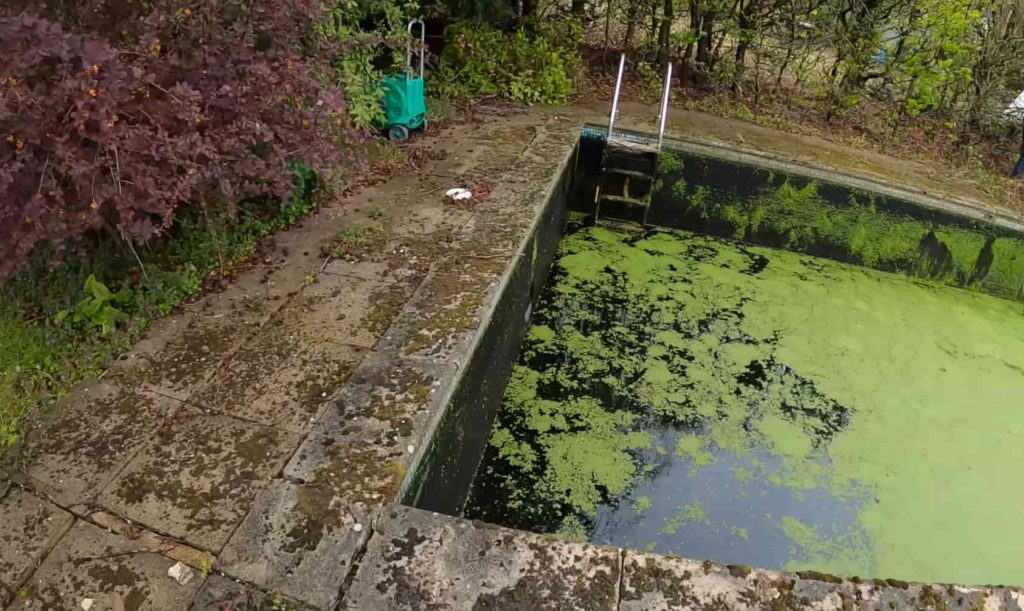
Is It Possible to Prevent Pollution in the Pool?
It is definitely possible to prevent pollution in the pool if the necessary hygienic practices are carried out regularly. However, this requires the application of physical and chemical methods.
Filtering is done as a physical method. Foreign substances on the surface of the pool are drawn in with skimmers and transferred back to the pool by passing through the filter, or according to the filtration technique, which is called overflow prefabricated pools, the water level exceeds the pool level at a certain rate and dirt is accumulated in the overflow channels located on the sides. Clean water is sent back to the pool through the filter and circulation continues in this way. Pool tiles are cleaned weekly with a pool vacuum cleaner.
As a chemical method, chemicals such as chlorine or ozone are used in the pool water. Again, pool cleaning is provided with chemicals such as pH reducer and algae remover. The pH level should be measured daily, the ideal pH value should be between 7.2 and 7.8.
The filtration method in pool cleaning is a routine maintenance. However, if possible, the pool water should be drained at certain times every 6 months or annually and more detailed cleaning should be done by adding fresh water.
Algae growth in pools
This situation can change the color of the water, as well as cause some problems in terms of both health and aesthetics. Algae formation on the bottom of the pool can be prevented with algae-inhibiting and algae-killing chemicals. These algae preventative products also provide an important function in lightening the color of the pool water. Along with the algae preventative maintenance chemical, there are also brightening chemicals used to lighten the water. These products make the water cleaner, clearer and swimmable.
Clear and crystal-colored water is one of the important indicators that a pool water is clean. Images of whether the water is clear before entering the pool can provide you with an idea about the pool. However, this should also be known. Clarity isn’t the only sign that the pool’s water is clean. Even in some pools with normal pool water clarity, it may be possible to have invisible bacteria. In order to understand this, it is possible to touch the side walls of the pool and to be convinced that algae has started if any slipperiness is felt. From this point of view, it can be understood that the maintenance of the pool is not done. In addition, the smell of pool water is another sign of insufficient care.
Do not neglect the daily maintenance of your pool
Daily maintenance of the pools is also recommended. Chlorine and pH measurement is important between these maintenances. Chlorine is used in a significant portion of the world’s pools. pH measurements are also among the things that should be done every day. Pool bottom cleaning should be done every day. This can be done with manual vacuums or automatic pool robots. This ensures that the sand or different particles accumulated at the bottom are cleaned. There are anti-fungal products among the chemicals that can be used in addition to prevent fungus and similar bacteria that do not appear in the pool. These are among the auxiliary pool maintenance chemicals that can be used to provide a better and cleaner pool experience.
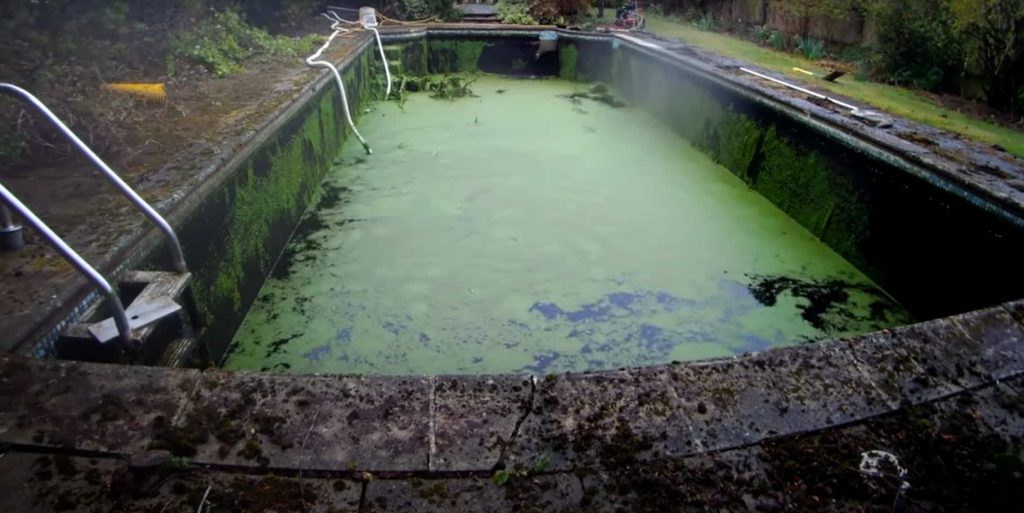
What kind of problems does a dirty pool cause?
Cleaning and maintenance of pool water is very important for human health. Calcium and magnesium ions in the pool water cause calcification and algae problems over time. This causes the proliferation of microorganisms that threaten human health.
High or low pH of the pool water, low total alkalinity, high calcium hardness can cause discomfort such as burning in the eyes and nose, skin dryness and itching.
Microorganisms mixed with the pool water continue to live from a few hours to a few days, even ingesting a very small amount of water can make sensitive people sick. Gastrointestinal system infections are the most common diseases transmitted through the pool. Gastrointestinal diseases of bacterial, viral or parasitic origin. One of the most common ailments seen in people in pools is external ear infections.
Filtering
The first step to clean the pools is to install a filtration system. Since the pools are polluted over time due to various factors, the dirt on the surface is transferred to the balance tank located in the pool infrastructure by the filtering method, and by passing through the filtering, it is transferred to the pool again to ensure continuous circulation.
Apart from the filtration system, cleaning and maintenance should be done on a weekly and monthly basis to ensure pool hygiene. The skimmers (filters) in the pool must be cleaned from dirt in daily or two-day periods. In addition, the wall base of the pool should be cleaned weekly. Chemical pH values of the pool should be constantly checked.
The pool should be emptied and refilled at certain times,
It is very important to completely empty your pools at certain time intervals and refill them with water in order to preserve the freshness of the water. However, since filling and emptying pools with a high capacity of 1,000 tons and above will cause both cost and water wastage, it is also possible to empty only a part of the pool and add fresh water at certain periods. If you are using the pool for swimming purposes, it will be beneficial to ensure hygiene by measuring the pH value of the water twice a day.
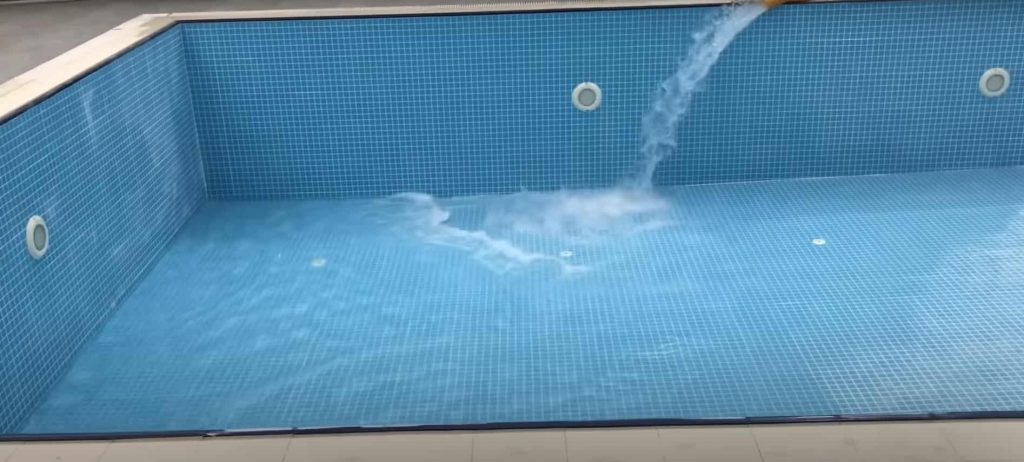
You may be interested in our other articles about Landscape Ececution. You can check them out here.

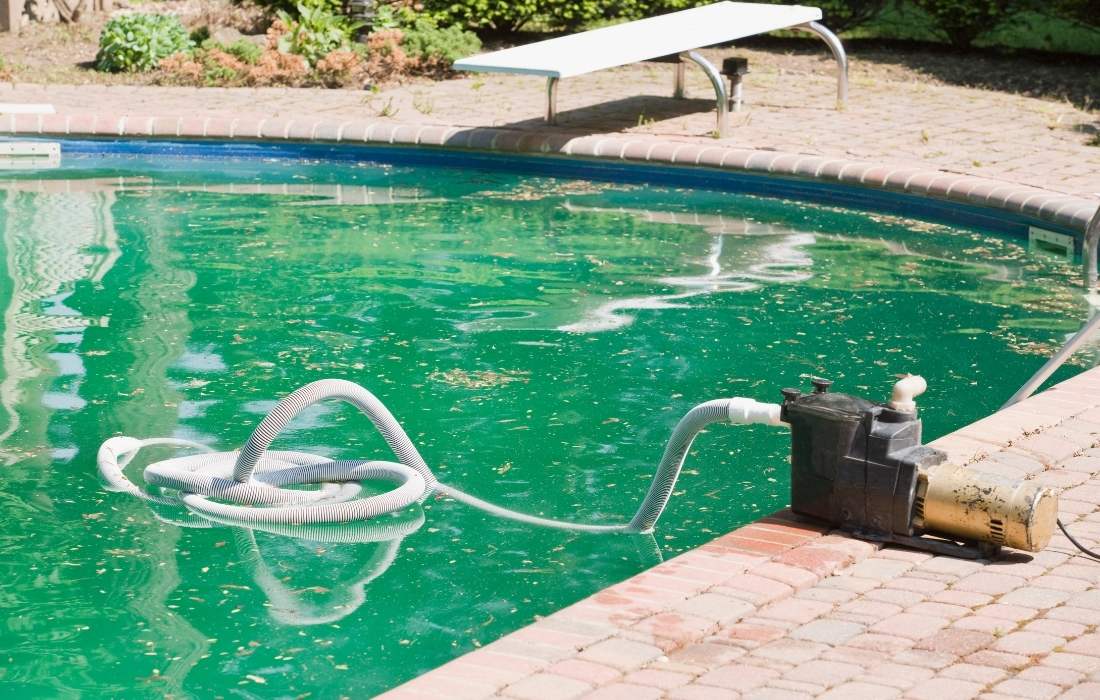




One comment
Pingback: WINTER CARE OF GARDENS - Easy Landscape Architecture